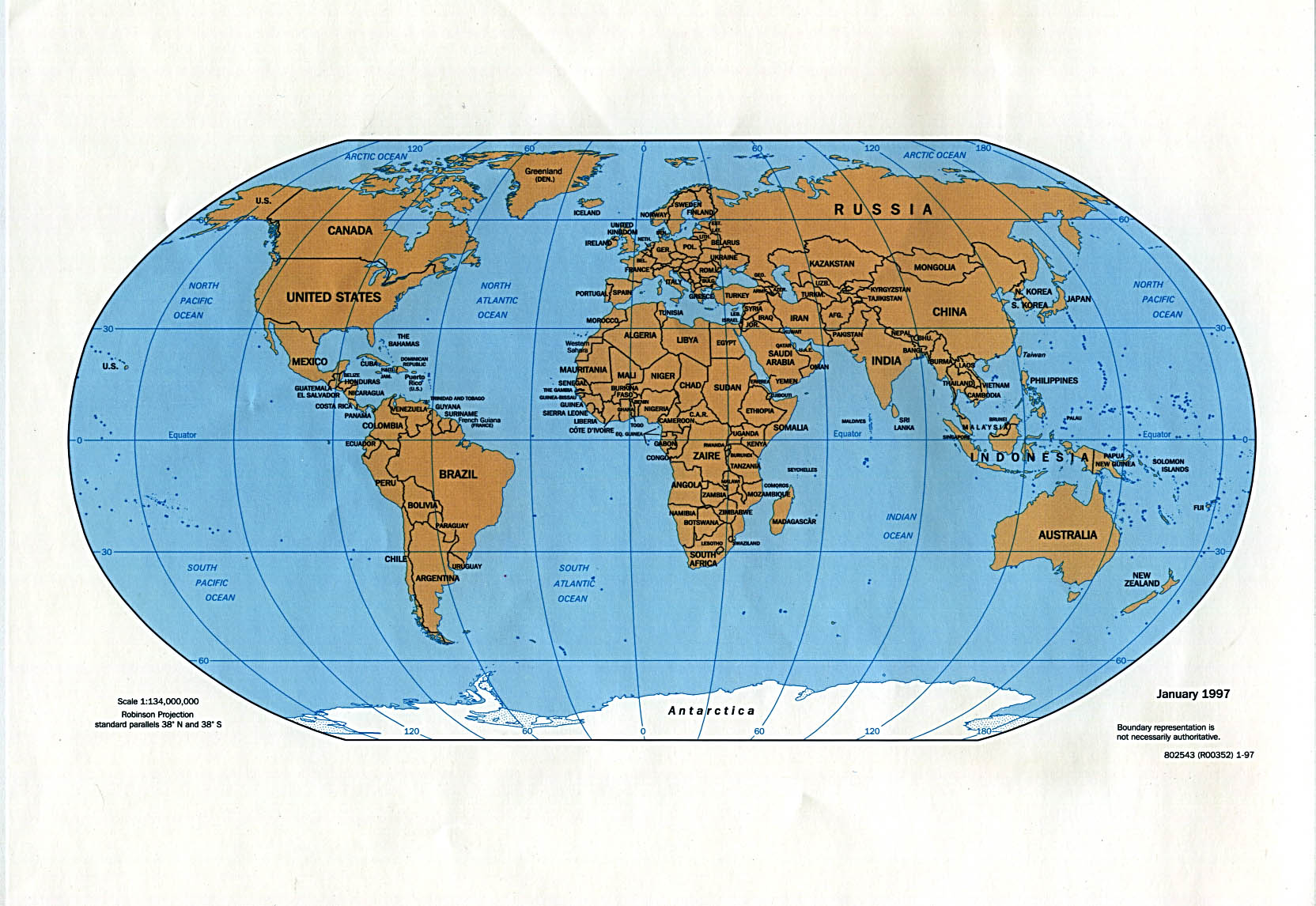I just want to thank you all for the wonderful packet of handmaid cards and letters that you all sent me for my birthday. I enjoyed them a great deal. I sat on my bunk and read them all through and said a prayer for each and every one of you, and your teachers.
I have some good internet at the moment, so I thought I would share some pictures and stories about the Philippines for you guys.
First off, if you don't know where the Philippines are, you should start there.
On the map you first find Asia, then you move southeast of Asia into the Pacific ocean, and in the middle of the Pacific ocean you will find a group of islands that look like this:
For security reasons I can't really tell you guys where I am in the Philippines, but I can show you some pictures I took.
I like sunsets. They look different in all the different countries I have been to. Actually, believe it or not, Iraq and Afghanistan had some of the most amazing sunsets I have ever seen, because of the high dust content in the air. I saw similar sunsets sometimes in New Mexico. Why do you think dusty air makes great sunsets?
This is a statue of Lapu-Lapu (yes, that is really his name, one of many names, in fact) who was a tribal king on an island called Mactan who commanded the local warriors in a battle on April 27, 1521. Ferdinand Magellan was killed in that battle. It did not prevent the Spanish from taking over the Philippines, but hundreds of years later Lapu-Lapu is regarded as the first Filipino national hero.
This dish is called "lechon," and it is delicious. The pig is stuffed with coconut leaves and all sorts of veggies and herbs I would not be able to name. It is then roasted slowly in an oven with the skin still on it. It is quite fatty, fully of cholesterol, protein, and other delicious things that growing soldiers require.
This dish is called "a tuna fish." That particular fish is approximately a meter and a half long, and weighs about 50 kilograms. There is an art to carving the fish like that. They slice it deep with a very thin, sharp knife in lengthwise slices, then again, parallel to the spine, and then perpendicular to the body, to create hundreds of little slices, each one about half an ounce in size. Then you eat it, raw, with chopsticks. I probably at about a kilo of it myself.
I took this picture while snorkeling in the ocean.
And this one. The clownfish likes to live inside the anemone, which has tons of stinging fronds that wave in the current. They don't bother the clownfish, but they sting any bigger fish that try to eat it. This is a symbiotic relationship.
What does the shape of this mountain tell you about how the islands were formed?
That's me.
These little motorbike taxis are one of the primary means of transportation in most of the cities.
This field is about 300 acres of rice. Rice is one of the most important foods in the world. It makes up 90% of the grain diet of many countries in Asia. It needs to be completely submerged in water for part of its growing cycle, so it is grown only on flat plots of ground. However, in the volcanic hills of southern Mindanao, and in the Himalayas in Nepal, I have seen rice grown on the sides of steep hills and mountains. They overcome the terrain by carving levels of terraces out of the side of the mountain like giant steps going up the mountain.
The amazing thing about rice is that it is still planted by hand throughout much of the world! The fields (called "rice paddies") are flooded with muddy water, and then workers walk through the fields, painstakingly sticking shoots of rice into the mud, one at a time. It is a labor intensive, time consuming process. A lot of countries use migrant workers, including children your age, to do this work, paying them 50 pesos ($1.10) per day. It takes hundreds and hundreds of workers to plant fields this size.
Baskets at a market, made out of palm fronds and bamboo leaves.
A market at a "Peace Village" promoting cultural sharing between Muslims and Christians. Most people do not know this, but there is a Muslim insurgency going on in the Philippines, but unlike other places in the world, there are strong peace processes in the works, and some legitimate reconciliation does seem to be happening.
Traditional wooden dishes, palm baskets, and work knives, with a couple of traditional swords.
This is what the mountains look like from the air. They are not very tall, compared to the Rockies or the Himalayas, but they are extremely steep and covered with jungle. They are left over from the volcanic activities that formed the islands. They are also beautiful!
I hope you enjoyed all the pictures. Thank you so much for the cards and the letters. Be good in school.
Yours Truly,
Ryan Kraeger


















No comments:
Post a Comment